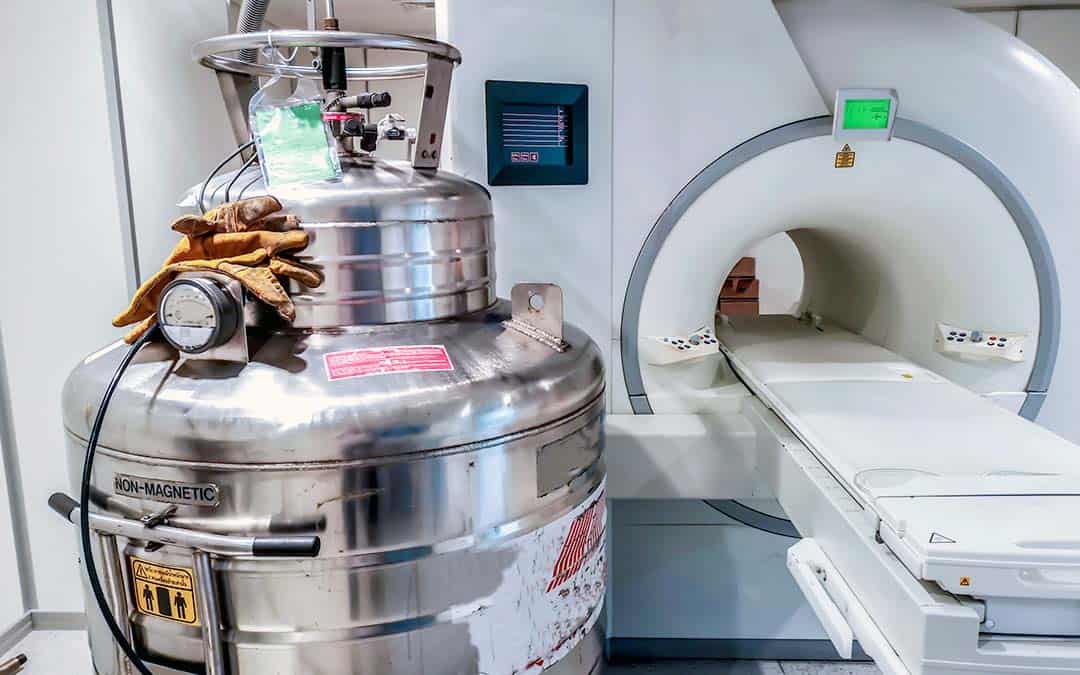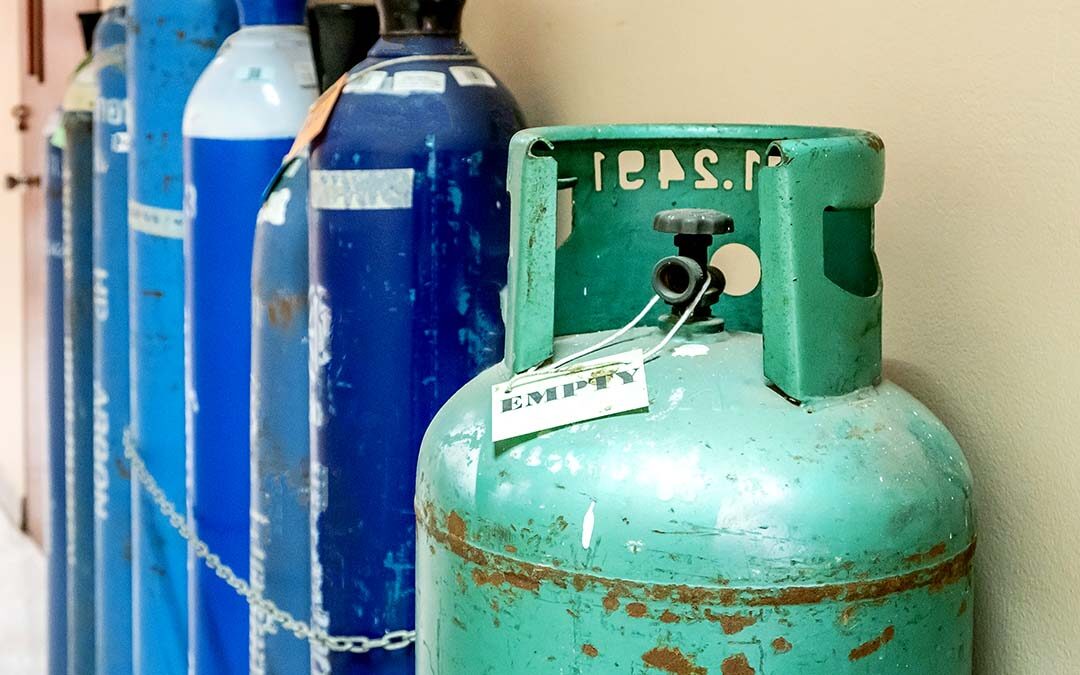When you think of helium, the first thought that comes to mind is probably party balloons. But helium is used for a wide variety of purposes. Weather balloons, MRI machines, blimps, gas chromatography, fiber optics, NASA, forensics… The list goes on. But helium is scarce, and with increasing demands of this decreasing element, we are now on our fourth global helium shortage in the span of just a few years. The helium shortage is making many industries nervous, and industry experts globally are scrambling to find ways to mitigate the consequences of potentially losing this essential gas.
The Shortage’s Cause and Effect

Like with any shortage, supply is struggling to meet demands. Helium is a finite element found deep in the earth’s crust. As it’s used, it releases into the atmosphere and disappears into outer space. With businesses bouncing back from the pandemic, this nonrenewable resource is in higher demand than ever with production struggling to keep up.
Production has gone down over the past few years. The U.S. originally looked to Qatar and Russia to supplement their depleting helium reserves with brand new plants, but accidents at these plants and geopolitical factors have halted helium distribution. Russia’s plant was predicted to supply nearly a third of the world’s helium, but trade restrictions brought on by the war in Ukraine has brought uncertainty in its global availability.
The scarcity of this gas is limiting allocation, prioritizing distribution to essential industries. Businesses that rely primarily on helium balloon sales have taken the biggest hit, as celebratory balloons are the lowest priority in helium needs. Research labs that relied on liquid helium have also been affected, with labs such as Harvard University’s physics lab shutting down half their projects.
Healthcare has taken precedence over all industries, already the world’s largest helium buyer at 30% of global purchase. One of healthcare’s biggest reasons for needing helium is its function in MRI machines. MRI machines need a large amount of liquid helium to run their superconductive magnets; for comparison, a 400,000 cubic feet of helium used in a Macy’s Thanksgiving Day Parade float would only keep two MRI machines operational for their life span. Helium is the coldest element on earth, and no other is cold enough for the MRI. Thankfully, hospitals haven’t canceled MRIs or shut down machines yet, but doctors are concerned for the future.
Hope for Businesses that Use Helium

Although helium-reliant industries are alarmed, many organizations have already begun seeking alternative solutions. Many experts are finding ways to swap out the element, seeking gasses that can perform similar or better functions. For example, in gas chromatography helium was initially used as a carrier gas due to its separation results, but alternative gasses such as nitrogen and hydrogen have been found to produce even better results while being able to be produced sustainably.
The MRI industry is also finding better alternatives. Phillips, an imaging giant, has already been successful in conserving helium with its BlueSeal MRI technology, estimated to have saved more than 1 million liters of helium since its launch. On top of this, Philips has teamed up with MagCorp and FSU’s MagLab to research alternatives to MRI magnets, hoping to discover magnets that do not need to be brought down to ultralow temperatures by helium. The partnership also plans to explore helium-independent superconducting materials, potentially even making the machines cheaper to use and maintain.
CalOx is here to assure any concerned customer that we are still fully stocked in our supply of high-grade helium, and can cater to your medical or scientific needs. CalOx has been providing Southern California medical-grade gasses for over 85 years. With trained technicians, we can help your business with everything from regular deliveries to storage, delivery and handling equipment, along with training and maintenance.
